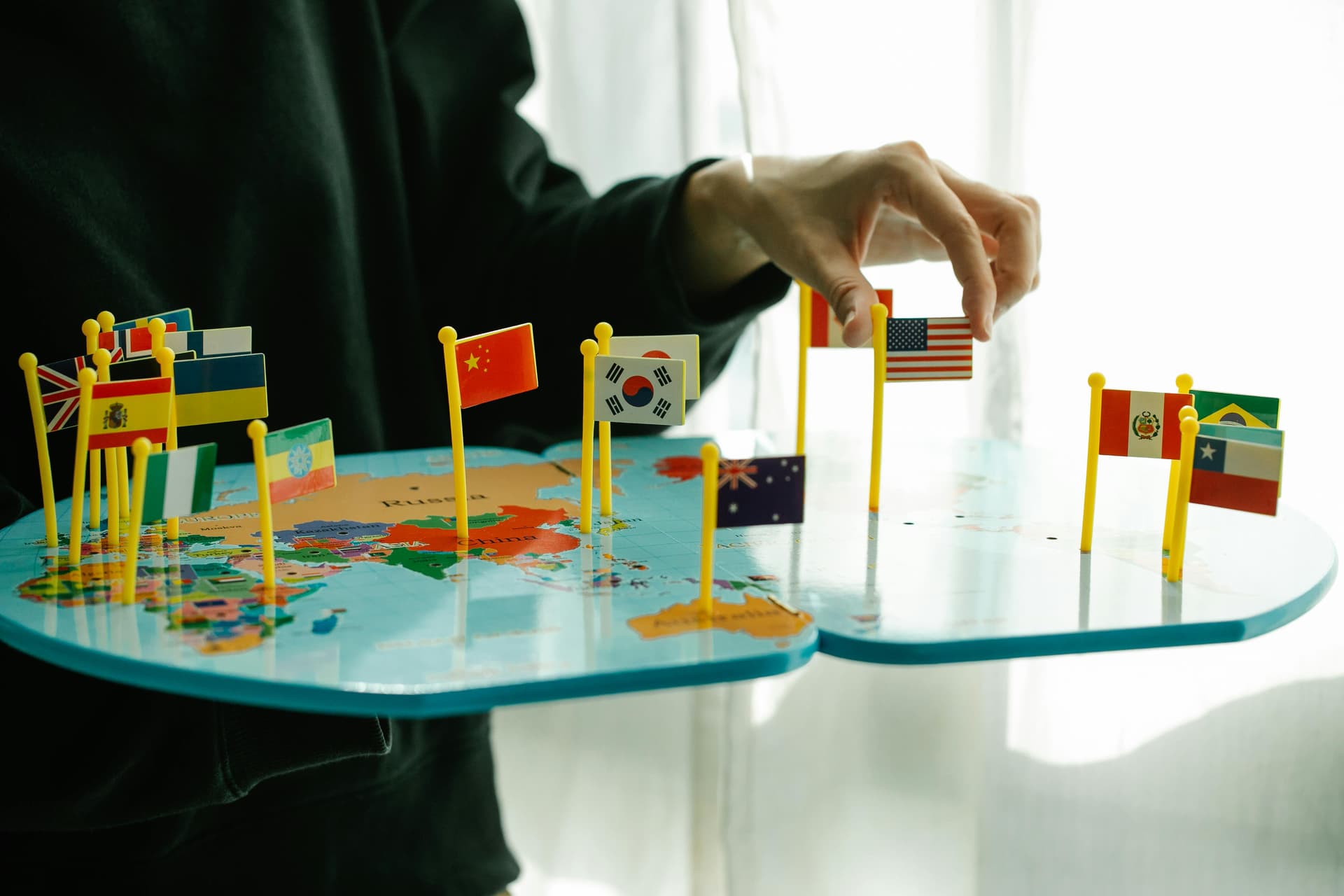How to Design a Flag: Symbolism, History, and Step-by-Step Tutorial (With Free Tools)
Flags are more than just colorful pieces of fabric—they are powerful symbols of identity, unity, and storytelling. Whether you're designing a flag for a fictional nation, a school project, a nonprofit organization, or even a gaming clan, creating a meaningful and visually appealing flag requires a blend of creativity, symbolism, and design principles.
In this guide, you’ll learn everything you need to know about flag design, from its rich history to practical tips and step-by-step instructions. Plus, we’ll show you how to bring your ideas to life using FlagMaker.org, a free online tool that makes flag design easy and fun.

The History and Symbolism of Flags
Why Flags Matter
Flags have been used for thousands of years, dating back to ancient civilizations like Egypt and Rome. Initially, they served as military standards or symbols of authority. Over time, flags evolved to represent nations, movements, and even personal identities.
Today, flags are everywhere—from national emblems to corporate logos and protest banners. They communicate values, history, and aspirations without saying a word.
The Language of Flags: Symbolism and Meaning
Every element of a flag—colors, shapes, and symbols—carries meaning. Here’s a quick breakdown:
Colors:
- Red: Courage, revolution, or bloodshed.
- Blue: Freedom, peace, or the sky/ocean.
- Green: Nature, growth, or prosperity.
- White: Purity, peace, or neutrality.
- Black: Strength, determination, or mourning.
Shapes and Patterns:
- Stripes: Often represent unity or historical events (e.g., the 13 stripes on the U.S. flag).
- Stars: Symbolize unity, hope, or celestial guidance.
- Circles: Represent eternity or the sun/moon.
Understanding these symbols is the first step to designing a flag that resonates with its audience.
5 Principles of Effective Flag Design
Designing a great flag isn’t just about aesthetics—it’s about creating something memorable and meaningful. Here are five golden rules to follow:
1. Keep It Simple
A good flag should be easy to recognize, even from a distance. Avoid clutter and overly complex designs. For example, Canada’s maple leaf flag is iconic because of its simplicity.
2. Use Meaningful Symbols
Every element on your flag should tell a story. For instance, Japan’s rising sun symbolizes a new beginning, while South Africa’s flag represents unity in diversity.
3. Limit Your Colors
Stick to 2–3 colors for clarity and visual appeal. Too many colors can make your flag look messy and hard to reproduce.
4. Avoid Text
Text is hard to read on a waving flag. Instead, let your symbols and colors do the talking.
5. Be Unique
Your flag should stand out and avoid similarities to existing designs. A unique flag is more likely to be remembered and respected.
Step-by-Step Tutorial: Designing Your Flag with FlagMaker.org
- Choose a Canvas: Visit FlagMaker.org and click a canvas with the required aspect ratio.
- Add Shapes and Symbols: Use the editor to add shapes like stripes, circles, or triangles. Browse the library of symbols to find something meaningful.
- Customize Colors: Click on any element to change its color. Stick to 2–3 colors for a clean, professional look.
- Add Final Touches: Adjust the size and position of your elements for balance. Use the alignment lines to ensure everything is aligned.
- Export Your Design: Once you’re happy with your flag, export it as a PNG or JPG file. Use the Flag Waver tool to create a waving flag video for social media or presentations.
Creative Flag Design Ideas
- Fictional Country Flag: Design a flag for a fantasy or sci-fi world.
- Family Flag: Create a flag that represents your family’s heritage or values.
- School or Team Flag: Design a flag for your school, sports team, or gaming clan.
- Protest or Awareness Flag: Use your flag to raise awareness for a cause (e.g., climate change, LGBTQ+ rights).
- Wedding Flag: Celebrate your special day with a custom flag.
- Holiday Flag: Design a flag for a holiday like Christmas or Independence Day.
- Pet Flag: Create a flag featuring your pet’s favorite things.
- Hobby Flag: Represent your favorite hobby (e.g., music, gardening, or gaming).
- Travel Flag: Design a flag for your dream destination.
- Minimalist Flag: Challenge yourself to create a flag using only two colors and one symbol.
How to Animate Your Flag
Want to make your flag come alive? FlagMaker.org’s animation feature lets you create waving flag videos in minutes. Here’s how:
- Open your design in Flag Maker tool and click the "Wave the Flag" tab.
- Adjust the wave settings: Change the wave speed, direction, and background color.
- Export your animation: Save your animated flag as an WebM file.
- Share your creation: Post it on social media, use it in presentations, or add it to your website.
Conclusion
Designing a flag is a creative and rewarding process that combines art, history, and symbolism. Whether you’re creating a flag for personal use, a school project, or a global movement, the key is to keep it simple, meaningful, and unique.
Ready to bring your ideas to life? Visit FlagMaker.org today and start designing your custom flag for free. Don’t forget to share your masterpiece with the world!